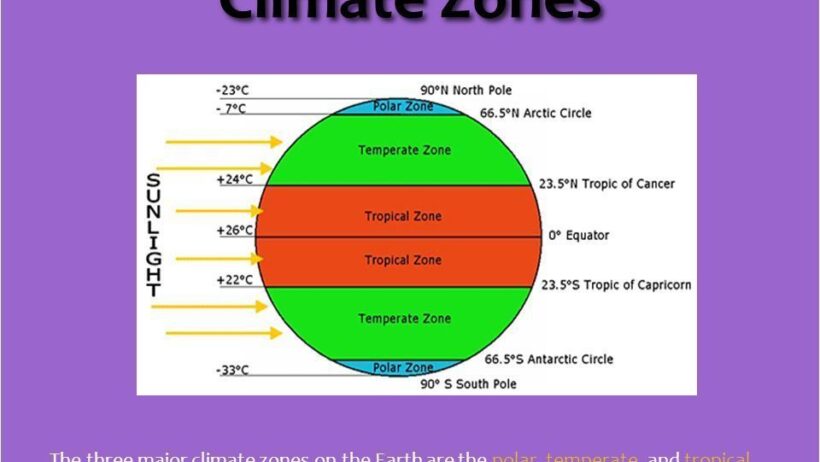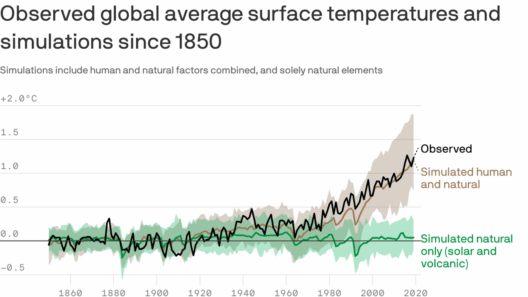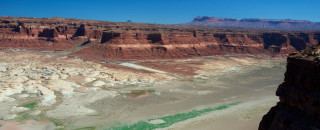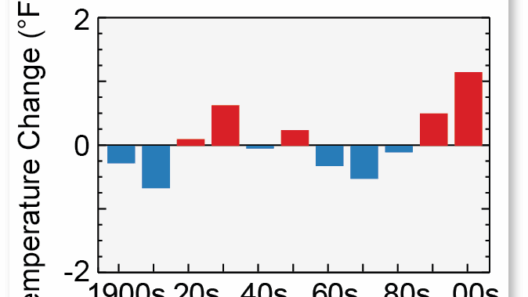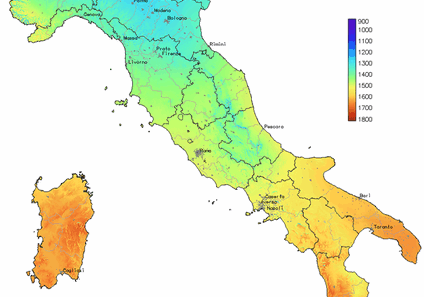Climatic zones, often perceived as arbitrary divisions of the Earth’s complex tapestry, are, in fact, a symphony of influences that harmonize temperature, precipitation, and biodiversity. Understanding climatic zones is akin to unlocking the secret code of Earth’s many personalities, each characterized by a unique confluence of meteorological phenomena and geological features. This exploration into climatic zones will demystify their intricacies and underscore their significance in the global ecological narrative.
The Earth is a magnificent sphere, adorned with a plethora of climates like a painter’s canvas splattered with vibrant colors. The concept of climatic zones stems from the need to categorize these spaces based on shared environmental characteristics. At the outset, it is essential to recognize that climatic zones are not static; they evolve in response to both natural forces and anthropogenic activities. The interrelationship between latitude, altitude, and oceanic currents fundamentally shapes these regions.
Geographers and meteorologists often delineate climatic zones based primarily on temperature and precipitation patterns. One of the most prevalent classification systems is the Köppen climate classification, which divides the Earth into five primary zones: tropical, arid, temperate, cold, and polar. Each zone can be further subdivided, adding layers of complexity to our understanding.
The tropical zone, often considered the vibrant heart of our planet, experiences relentless sunshine and ample rainfall. This zone is characterized by lush rainforests, teeming with life, vibrant ecosystems, and diverse habitats. The warm, moist air dances above the equator, creating a greenhouse effect that fosters biodiversity. However, it is essential to observe that this climactic paradise is under siege from deforestation and climate change, jeopardizing the delicate balance of its ecosystems.
Transitioning from the equatorial heat, we arrive at the arid or desert zones. Often depicted as desolate and hostile, these areas present a stark contrast to their tropical counterparts. The lack of precipitation creates an environment where survival demands exceptional adaptations. Thoughtful observers of nature find beauty in the resilience of desert flora and fauna. Saguaro cacti, for example, serve not just as iconic symbols of the American Southwest but also as marvels of evolutionary ingenuity. Yet the increasing encroachment of human activities threatens the parched serenity of deserts worldwide.
The temperate zone serves as a moderating influence between the extremes of the tropics and the poles. Here, seasons unfold like a lush novel, presenting the Earth’s climatic finery. These areas are characterized by distinct seasonal variations, where spring blooms with vibrant colors, summer radiates warmth, autumn adorns the landscape in hues of gold, and winter cloaks everything in white. This climatic variety allows for diverse agricultural initiatives but poses challenges as climate change disrupts traditional patterns, leading to unpredictable weather events.
As we move further from the equator, we encounter the cold zones, often marked by severe winters and a brief, albeit vibrant, summer. These regions have their own fascinating charm, as they are home to various species that have adapted to frigid temperatures and limited resources. Think of the tenacity of the Arctic fox or the resilience of boreal forests, which thrive under relentless cold. Nevertheless, climate change is a formidable adversary, threatening to unravel these ecosystems and challenge the existence of those who rely on them.
Finally, the polar zones emerge as the sentinel regions of our planet. Characterized by ice and snow, these areas evoke images of breathtaking glaciers and expansive tundras. The life forms that inhabit these zones exhibit extraordinary adaptations to extreme conditions. However, the specter of climate change looms large over the Arctic and Antarctic, where melting ice caps underscore a poignant reality: rising sea levels threaten coastal communities globally, starkly illustrating our interconnectedness.
While understanding these climatic zones is essential for scientific inquiry and environmental management, it also fosters awareness of humanity’s impact on the planet. The distinct characters of these zones compel us to consider how our choices ripple through the ecosystems they support. Climate change is not a remote crisis; it is an immediate concern affecting every climatic zone, requiring an urgent, collective response.
The dynamic interplay of climate, environment, and biodiversity illuminates our responsibility to steward the planet. Each climatic zone tells a story, not just of temperature and rainfall but of resilience, adaptation, and the delicate balance that sustains life. Protecting these zones is paramount, not only for their intrinsic value but for their role as indicators of the broader health of our atmosphere and climate systems.
As custodians of this planet, our challenge extends beyond appreciation. We must actively engage in conservation efforts, advocate for sustainable practices, and hold ourselves accountable for the impact of our choices. Understanding climatic zones is the first step toward fostering a newfound respect for our environment, encouraging a synergy between humanity and nature.
In conclusion, climatic zones are not merely geographic delineations; they are vibrant narratives that reveal the Earth’s multifaceted identity. From the lush tropics to the frigid poles, each zone contributes uniquely to the global ecosystem. The urgency of understanding climatic zones encapsulates not just a scientific exploration but a call to action—a reminder that our planet’s health rests in our hands and that stewardship is the most profound narrative we can write. Let us ensure that the story of our climatic zones continues to flourish, weaving a hopeful future amidst the challenges that lie ahead.



